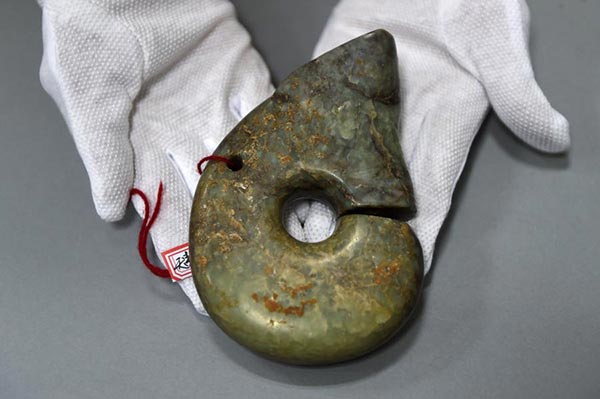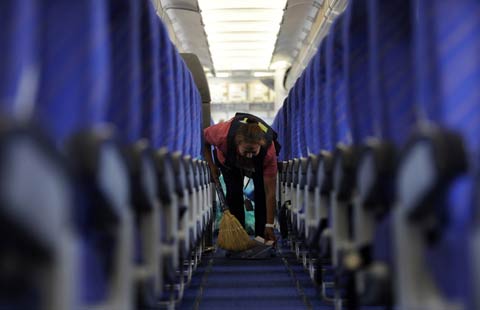Tomb raiders put Chinese history in grave danger
Updated: 2015-08-03 11:00
(Xinhua)
|
||||||||
 |
|
In addition to greed for money, the national fervor for antique collecting has also contributed to the grave robbing phenomenon, according to Liang Xiao, a relics protection expert.[Photo/Xinhua] |
Chinese authorities have stepped up efforts to crack down on the crimes, but to no vail.
Mo Zhidong, an official with Guangxi's provincial department of cultural relics, pointed out that tombs and ancient ruins are usually situated in the wild, making surveillance very difficult.
"Due to limitations such as the lack of power supply and other bad infrastructure in remote areas, cameras are difficult to install," Mo said. "So when grave robbing happens, it is very hard to track suspects."
In Guangxi alone, 17 of the 66 historical sites protected at a national level are situated in wilderness, while most of the 355 ancient sites under regional protection are also located in remote areas.
Meanwhile, a dearth of supervising personnel makes the situation even worse.
"Cultural relics departments in most Chinese counties have only about four protection staff each," Mo said. "Imagine the difficulty of protecting a vast expanse of ruins with only four people."
Zhou Keda, with the Guangxi Academy of Social Sciences, said the government should raise public awareness of the issue, and provide more funding, especially for dedicated staff and surveillance equipment.
"Law enforcement departments should also improve supervision of the trade in artifacts to prevent rampant illegal trade," he said.
The academic also called for authorities to set up a national database, with each artifact coded.
"In this way, once the artifacts flow into the market, authorities will be able to track their source and penalize criminals."
- Remains of Chinese guard killed in Somalia attack return home
- Gala promotes gender equality
- Trafficked woman appeals to be left alone, continue her life
- Wreckage discovery shouldn't disrupt search: MH370 families
- 3,000 students attend pre-exam session in huge hall
- 38.7b yuan in State assets recovered in campaign

 Remains of Chinese guard killed in Somalia attack return home
Remains of Chinese guard killed in Somalia attack return home
 Top 10 international destinations for Chinese millionaires
Top 10 international destinations for Chinese millionaires
 Rainstorm affects 940,000 in South China
Rainstorm affects 940,000 in South China
 Do you take all your paid leave?
Do you take all your paid leave?
 National Art Museum of China displays Polish folk art
National Art Museum of China displays Polish folk art
 Chinese soldiers in parades
Chinese soldiers in parades
 US Marines Corpos soldiers demonstrate martial arts
US Marines Corpos soldiers demonstrate martial arts
 World's largest radio telescope being built
World's largest radio telescope being built
Most Viewed
Editor's Picks

|

|

|

|

|

|
Today's Top News
Remains of Chinese guard killed in Somalia attack return home
Professor accused of spying out on bond
Chinese defense concerned about US moves in South China Sea
Chinese named in test-taking scam deported from US
Baidu to buy back shares worth $1b
Former military leader Guo Boxiong expelled from CPC, to face justice
Pair to face poaching charges related to death of popular lion
Amazon wants air space for delivery drones
US Weekly

|

|






